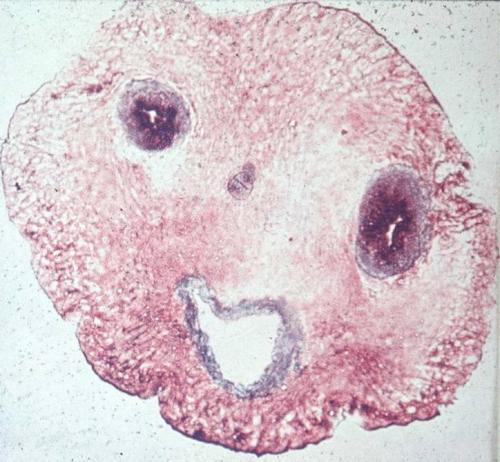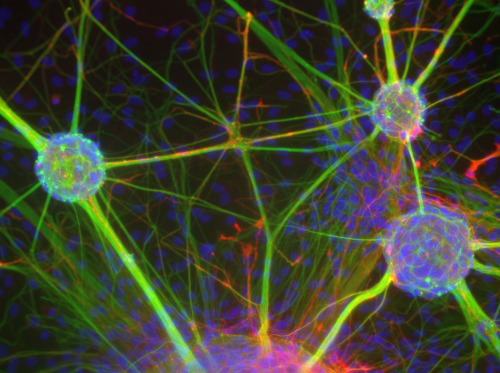Chronic ketamine use kills bladder cells - health - 15 June 2011 - New Scientist - статейка о новом исследовании о вреде кетамина, который раньше массово использовали для наркоза, а совсем недавно предлагали использовать как антидепрессант даже для лечения детей (в минимальных дозах). Внезапно оказалось, что это вещество способно необратимо изменять состояние клеток мочевого пузыря.
07.06.2011
У жестоких людей сильнее развита мезолимбическая область
Век живи - век учись. Оказывается, различия в поведении людей (например, степень жестокости) может выражаться в банальных морфофизиологических параметрах. Так, у жестоких людей, согласно результатам сканирования мозга, оказались значительно сильнее развиты мезолимбические участи головного мозга. Также, более жестокие люди, по статистике, имеют больше серого вещества. Читаем:
Brain Scans Show Violent People Have Bigger Mesolimbic Areas03.06.2011
Бисфенол-А - очередные новости
Недавно у нас работе было сооружено нечто из одного из самых источающих бисфенол-А материалов. Удалось уговорить снести ту штуковину, только показав кучу литературы о вреде и коварстве бисфенола-А. Однако, работы весьма противоречивы и достаточное количество авторов утверждает, что вред не так уж и выражен.
И вот очередное сообщение:
И вот очередное сообщение:
Neuropharmacology. 2011 May 5. [Epub ahead of print]
Sex-specific influence of exposure to bisphenol-A between adolescence and young adulthood on mouse behaviors.
Xu X, Tian D, Hong X, Chen L, Xie L.
Source
Chemistry and Life Sciences College, Zhejiang Normal University, 688# Yinbin Road, Jinhua 321004, PR China; Psychology Research Center, Zhejiang Normal University, PR China.
Abstract
Bisphenol-A (BPA) is one of the most common environmental endocrine disrupters and has a wide range of effects on central nervous system. Adolescence is another important developmental period besides the early critical prenatal and neonatal periods. In the present study, we exposed mice to BPA (40, 400 μg/kg/d) between adolescence and young adulthood for 8 weeks and investigated its effects on the non-reproductive behaviors. In open field tests, rearing and grooming sex differences were abolished by BPA exposure. In the elevated plus maze test, the number of open arm entries, the time spent in open arms, and the number of unprotected head dips in the center area were reduced in males but increased in females by BPA at 40 or 400 μg/kg/d, thus eliminating or reversing sex differences in these behaviors. In the Morris water maze task, exposure to BPA at 40 μg/kg/d significantly extended the average escape pathlength to the hidden platform in males, but no significant influence was found in females; thus, the sex differences in spatial learning and memory were abolished. In the step-down test, the latency to step down from the platform 24 h after receiving a footshock was shortened by BPA exposure in males but not in females; thus, a sex difference was induced in passive avoidance memory in mice. These results suggest that long-term exposure to low levels of BPA between adolescence and young adulthood alters characteristic differences in certain non-reproductive behaviors of males and females, including exploration, anxiety, spatial learning and memory, and passive avoidance memory, although no obvious changes were found in the serum hormone levels or in the weights of reproductive organs.
Copyright © 2011. Published by Elsevier Ltd.
PMID:
21570416 [PubMed - as supplied by publisher]
Подписаться на:
Комментарии (Atom)










